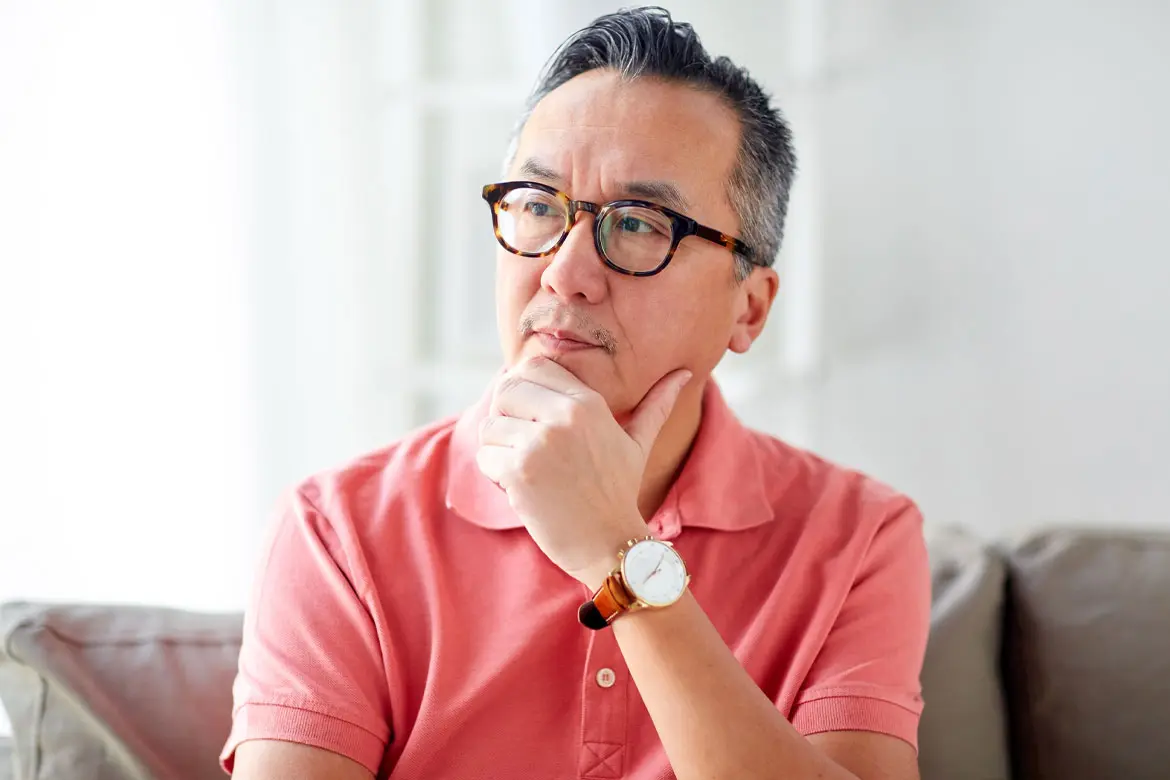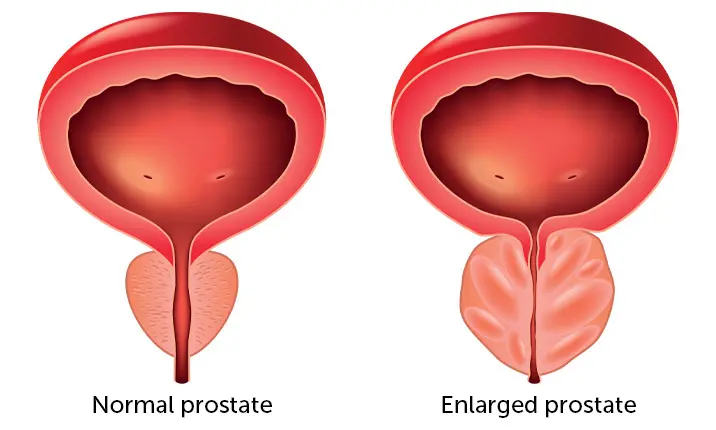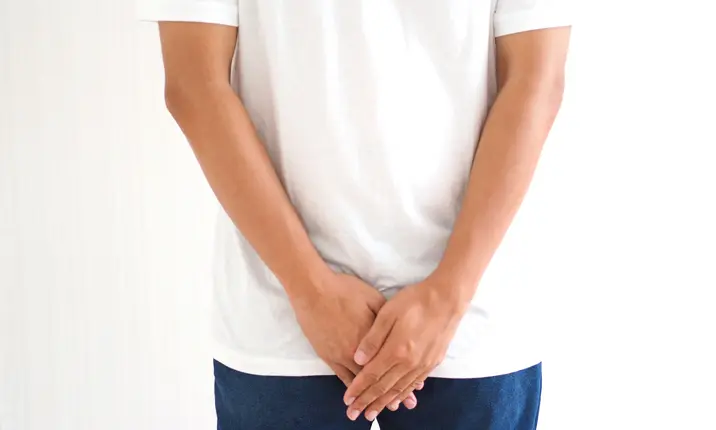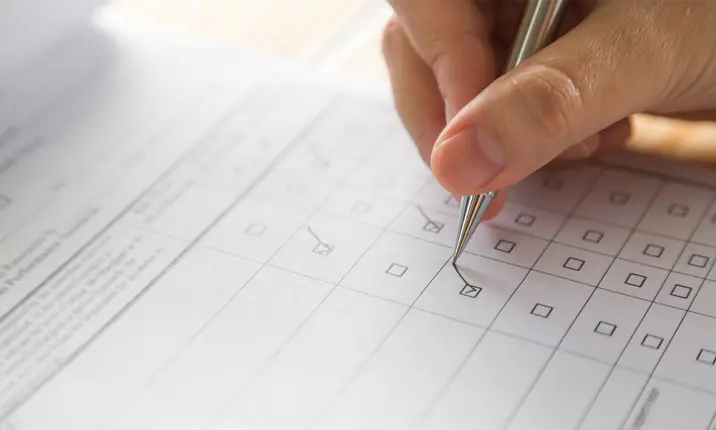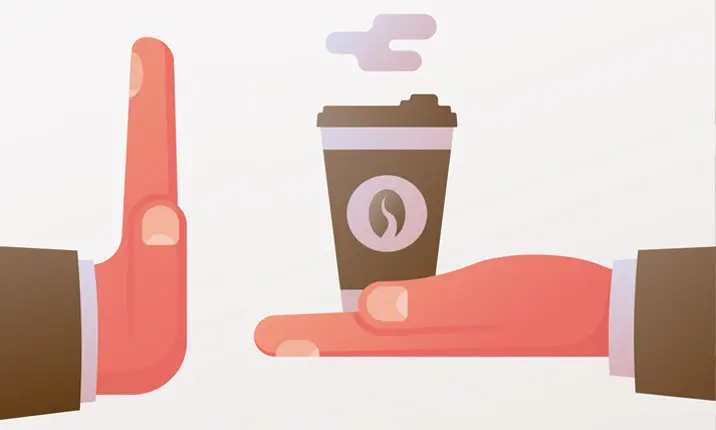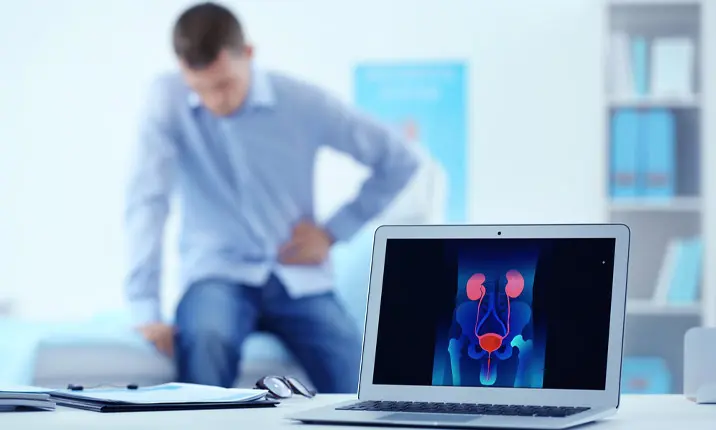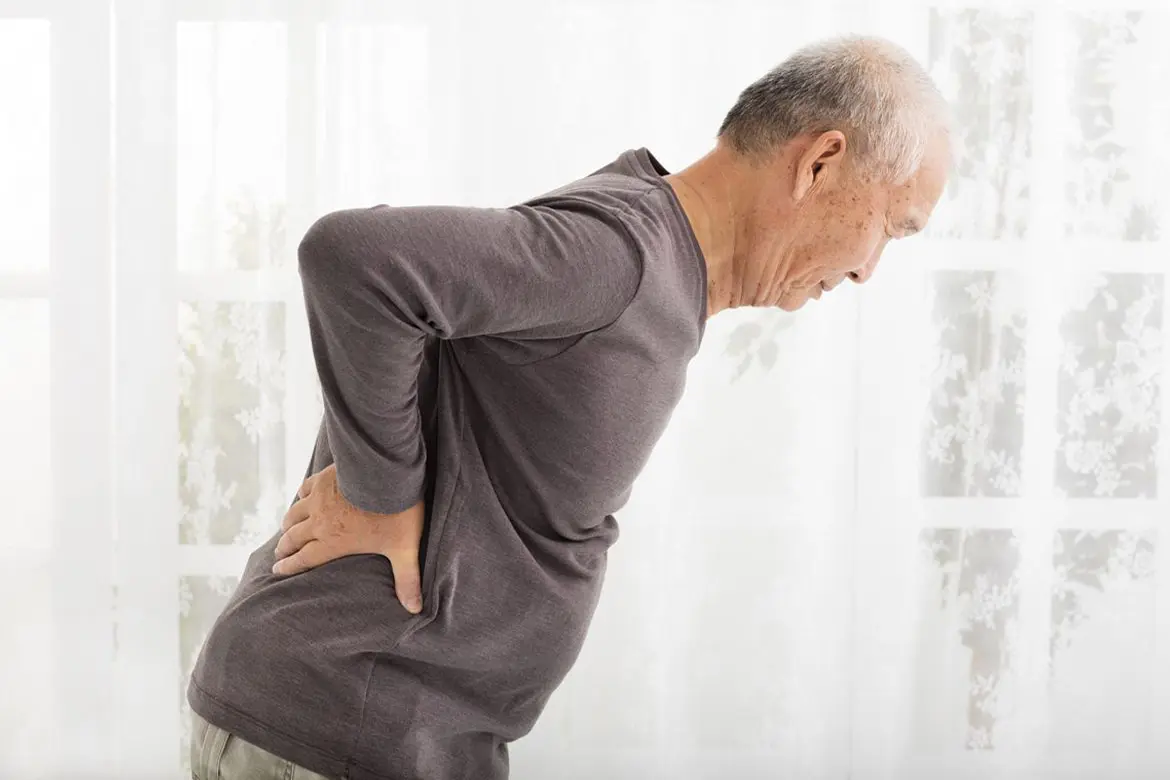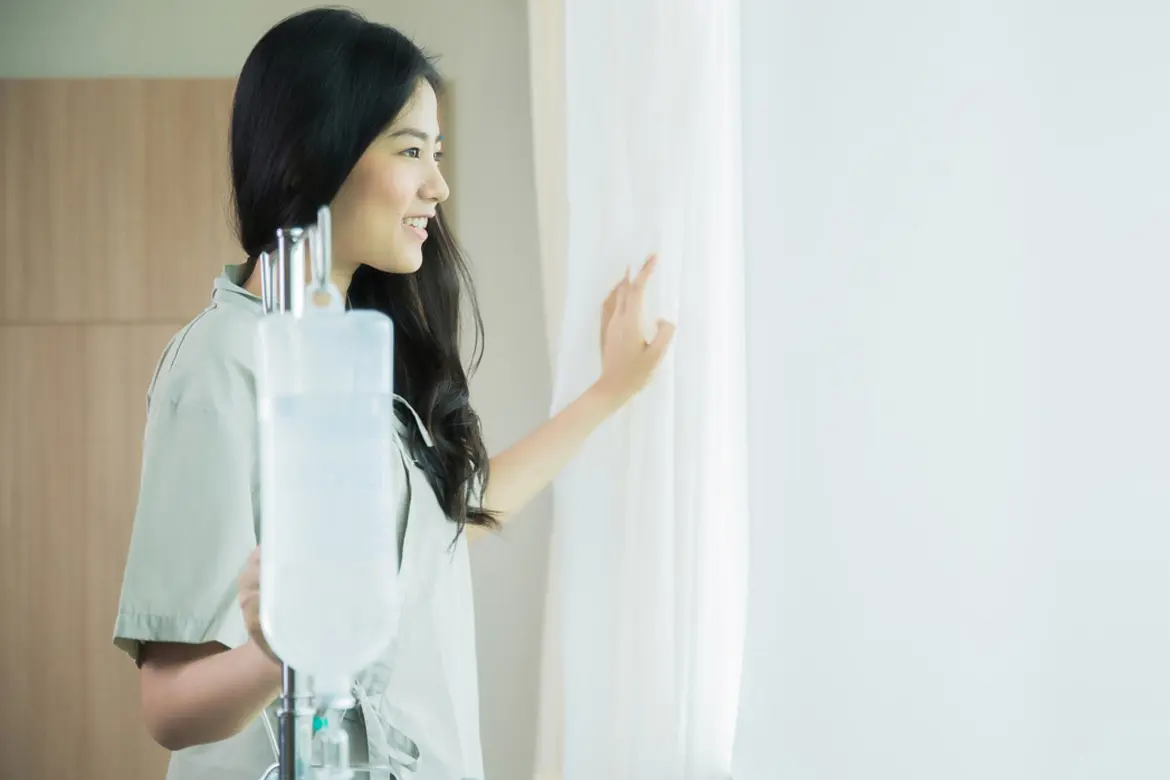It's not the most well-known body organ, but it plays a crucial role in the male reproductive system. About the size of a walnut, the prostate produces fluid that mixes with sperm to create seminal fluid (semen). It also contracts to expel this fluid along with sperm into the urethra during ejaculation.
The prostate is located at the base of the bladder and surrounds part of the urethra — the tube responsible for transporting urine and semen out of the body. As men age, the prostate naturally enlarges, resulting in a condition termed benign prostatic hyperplasia (BPH). It’s so common among men, that by 60 years of age, a whopping 50% have BPH.
As the prostate enlarges, it blocks the urethra, leading to a host of urinary symptoms and complications if the condition goes untreated. Chances are that these symptoms may be familiar to you, or you’ve heard a loved one complain about something similar. Dive in to know what the symptoms are like, the importance of diagnosing this condition early, and the treatment options available.
What are the symptoms of an enlarged prostate?
An enlarged prostate that obstructs the urethra may cause issues with urine flow. These symptoms include:
- Weak urine stream
- Frequent or urgent urination
- Waking up at night frequently to urinate, which affects quality of sleep
- Feeling like the bladder isn't fully emptied
- Extra effort needed to start urine flow
- Incontinence or urine leakage
- Blood in the urine
Unmanaged BPH can worsen obstruction in the urethra, leading to the following complications:
- Urinary tract infections
- Urinary stones
- Kidney damage due to pee backflowing from the bladder into the kidney
- Blood in the urine (hematuria)
Such urinary symptoms may sometimes be due to diseases other than BPH, such as infections, bladder stones and cancers of the prostate or bladder. As such, patients experiencing such symptoms should be extra cautious and get the symptoms evaluated by a doctor quickly to rule out more sinister conditions.
How is BPH diagnosed?
Your doctor will enquire about your medical history, perform a digital rectal exam, and order additional tests to understand more about your condition and determine the severity of your symptoms. We break down each of the likely tests that may be recommended by your doctor below:
Digital rectal examination
A urologist may perform a digital rectal examination to check for prostate cancer - where the size and consistency of the prostate is determined.
International Prostate Symptom Score (IPSS)
You will be asked to fill up a questionnaire regarding your symptoms, called an International Prostate Symptom Score or IPSS in short. This helps your doctor better understand the severity of your symptoms.
The IPSS questionnaire will ask about the severity of symptoms such as:
- Incomplete emptying
- Frequency
- Intermittency
- Urgency
- Weak stream
- Straining
- Nocturia
It is advised that anyone with a score of more than 8/35 should see a urologist for an evaluation.
Uroflowmetry test
This is a urine test conducted by your urologist to find out how much, how quickly and how much time it takes you to pass urine till completion. This is done to determine your bladder capacity as well as if there is any obstruction to the flow of urine. Following that, an ultrasound is done to check how well the bladder is able to be emptied during urination.
Blood test
A blood test may also be required to check the function of the kidneys and assess the risk of prostate cancer.
How is BPH treated?
Lifestyle changes
For men with mild symptoms, a doctor may recommend the following lifestyle changes:
- Exercises to strengthen the pelvic floor muscles for better urinary control
- Reduce fluid intake, especially before going out or bedtime
- Drink less coffee, tea and alcohol
- Maintaining a healthy weight
Medication
Doctors may prescribe medication for men with symptoms that are affecting their quality of life more significantly. There are 2 main types – alpha blockers and 5-alpha reductase inhibitors (5-ARI's). While both classes of drugs are effective, they need to be taken on a long-term basis to treat BPH.
- Alpha blockers
These have a quick relaxing effect on the smooth muscles around the prostate and bladder neck, easing the obstruction in the urethra and improving urine flow. These medications may cause dizziness as a side effect as they can lower your blood pressure. Other side effects include a blocked nose, or reduced volume of ejaculation. - 5-alpha reductase inhibitors (5-ARI's)
These drugs stop the prostate from growing and cause it to shrink. However, these medications take a longer time to work, so patients will have to wait for as long as 6 months to a year until symptoms improve. They work best when combined with alpha blockers, which can provide more immediate relief. 5-ARI's may reduce your libido and weaken your erections. Unfortunately, these sides effects may not always be reversible after you stop taking the medication.
Surgical treatments and other procedures
If medication does not provide sufficient relief, has intolerable side effects, or if a patient does not want to rely on long-term BPH medication, there are several minimally invasive surgical options and treatments available, depending on factors including the patient’s age and prostate size and configuration.
Prostatic Urethral Lift
This procedure involves passing an instrument with an imaging system into the urethra and putting small permanent implants into the prostate. These implants lift and hold the obstructing prostate tissue apart, reducing the obstruction in the urethra, and enabling urine to pass through more easily.
Transurethral water vapour therapy
This works by inserting a handheld device through the urethra and releasing sterile water vapour (steam) into the enlarged areas of the prostate, releasing stored energy to destroy the excess prostate cells. Over time, the body absorbs the dead prostate cells, shrinking the prostate. With the extra tissue removed, the obstruction in the urethra is reduced, thus reducing BPH symptoms.
Transurethral microwave therapy
This therapy involves passing a catheter through the urethra and targets the region where the prostate is blocking the urethra by combining the use of focused microwave heating (to destroy excess prostate tissue) together with a pressurised balloon (to push apart the prostate tissue). This creates a wider passage in the prostate for urine to flow through.
Holmium Laser Enucleation of the Prostate (HoLEP) and Thulium Fiber Laser Enucleation of the Prostate (ThuFLEP)
These are laser-based treatments to treat enlarged prostates of any size and shape. The lasers cut (enucleate) the prostate tissue that is obstructing the patient's urethra. At the same time, the heat from the laser is used to close the blood vessels that are affected during the treatment, ensuring only a small amount of blood is lost. Then, the excess prostate tissue is extracted from the bladder.
Transurethral resection of the prostate (TURP)
This is the most common surgical treatment for BPH and remains the standard upon which other surgical treatments are compared to.
Men with very large prostates or who have complications from BPH such as urinary retention (complete inability to pass urine), bladder stones, or blocked kidneys may be recommended to undergo TURP, as it can treat larger volumes of prostate tissue.
TURP involves a urologist inserting an instrument called a resectoscope through the urethra. The resectoscope has a camera attached to it, helping your doctor detect and trim excess prostate tissue that is blocking urine flow. Thereafter, a urinary catheter is inserted for 1 – 2 days to flush out the removed tissue. TURP is performed under general or spinal anaesthesia, and a patient will need to recover in the hospital for 1 – 3 days.
Photoselective vaporisation of the prostate
This is a laser procedure, that involves passing a laser through a cystoscope (imaging system) to heat and vapourise obstructing prostate tissue. This procedure is performed under general or spinal anaesthesia, and can be done as a day surgery or an overnight stay. Recovery is generally quick.
The advantage of photoselective vaporisation of the prostate over the TURP is that it offers the doctor better control over bleeding. It is especially useful for men who are on blood thinners for prevention of a heart attack or stroke.
However, do note that photoselective vaporisation of the prostate and TURP may have side effects that include retrograde ejaculation and erectile dysfunction.
What should you do if you have symptoms of an enlarged prostate?
If you find yourself displaying any of the above-mentioned symptoms of an enlarged prostate such as a weak urine stream or urinary urgency, consult a urologist. While urinary symptoms are more common with ageing, they should not be regarded as a normal part of life. Early detection and treatment rules out more sinister causes of urinary symptoms, improves your quality of life and prevents complications.
